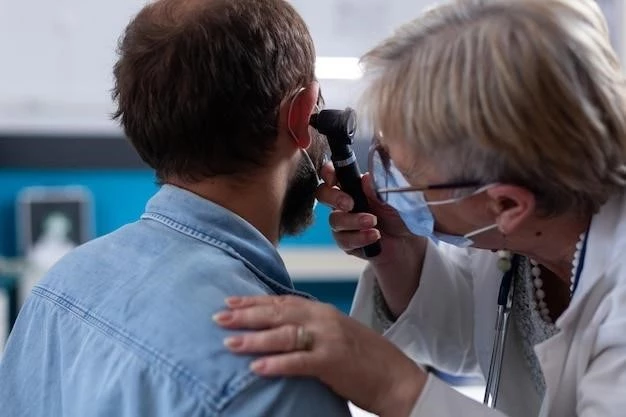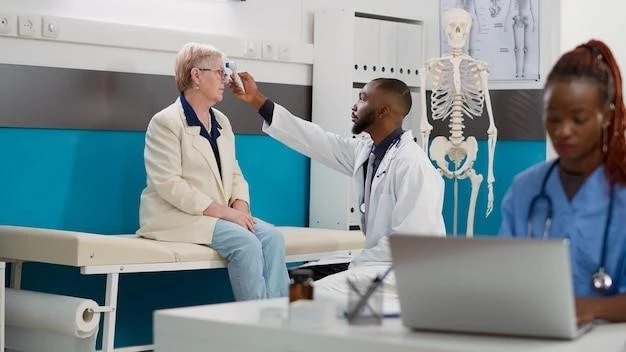Introduction to Athetosis
Causes of Athetosis
Symptoms of Athetosis
Diagnosis of Athetosis
Treatment options for Athetosis
Living with Athetosis
Athetosis vs․ other movement disorders
Athetosis in children
Research advancements in Athetosis
Causes of Athetosis
Athetosis can be caused by damage to the basal ganglia or other areas of the brain involved in controlling movement; Common causes include cerebral palsy‚ brain injury‚ and genetic conditions․ In some cases‚ the exact cause may not be identified․
Symptoms of Athetosis
Symptoms of athetosis include involuntary‚ slow‚ writhing movements primarily affecting the hands‚ feet‚ face‚ and torso․ These movements can worsen with stress and disappear during sleep․ Individuals may also experience difficulty with posture and coordination․
Diagnosis of Athetosis
Diagnosing athetosis involves a thorough medical history‚ physical examination‚ and neurological assessments․ Imaging studies such as MRI or CT scans may help identify underlying brain abnormalities․ Genetic testing could be done in cases suspected to have a genetic cause․
Treatment of Athetosis
Medication
Physical Therapy
Surgery
Medication
Medication for athetosis aims to manage symptoms and may include drugs like benzodiazepines‚ anticholinergics‚ or dopamine-depleting agents․ Each medication targets different aspects of the condition to help improve motor function and quality of life․
Physical Therapy
Physical therapy plays a crucial role in the treatment of athetosis by focusing on improving muscle strength‚ coordination‚ and overall motor function․ Therapies may include exercises‚ stretches‚ and activities tailored to the individual’s needs to enhance mobility and reduce involuntary movements․
Surgery
In severe cases of athetosis where other treatments have not been effective‚ surgery may be considered․ Procedures like deep brain stimulation or selective denervation surgery can help alleviate symptoms by modulating brain activity or reducing abnormal muscle movements through targeted interventions․

Living with Athetosis
Coping mechanisms
Education and employment
Coping mechanisms
Living with athetosis can be challenging‚ but individuals can employ coping mechanisms such as relaxation techniques‚ mindfulness‚ and seeking support from healthcare professionals or support groups․ Developing a positive mindset and actively managing stress can help improve overall well-being․
Education and employment
Individuals with athetosis may benefit from tailored educational and workplace accommodations to support their specific needs․ This could include assistive technology‚ flexible schedules‚ and ergonomic work environments․ Advocating for inclusive practices and awareness can enhance opportunities for academic and career success․
Athetosis vs․ Other Movement Disorders
Distinction from dystonia and chorea
Distinction from dystonia and chorea
Athetosis is characterized by slow‚ continuous‚ involuntary writhing movements‚ while dystonia involves sustained muscle contractions causing repetitive movements or abnormal postures․ Chorea‚ on the other hand‚ presents as rapid‚ jerky‚ and unpredictable movements․ Understanding these distinctions is crucial for accurate diagnosis and treatment․
Athetosis in Children
Developmental impact
Early intervention and management
Developmental impact
Athetosis in children can affect their motor skills development‚ communication abilities‚ and social interactions․ Early identification and therapy play a critical role in minimizing the impact on their overall growth and ensuring they reach their full potential․
Early intervention and management
Early intervention strategies for athetosis in children may include physical and occupational therapies‚ speech therapy‚ and educational support․ A multidisciplinary approach involving parents‚ therapists‚ educators‚ and healthcare providers can optimize outcomes and enhance the child’s quality of life․
Research Advancements in Athetosis
Emerging therapies
Clinical trials and future prospects
Emerging therapies
Ongoing research in athetosis focuses on developing innovative treatments such as targeted medications‚ deep brain stimulation‚ and gene therapies to address the underlying causes of the condition․ These emerging therapies hold promise for improving symptom management and enhancing the quality of life for individuals with athetosis․
Clinical trials and future prospects
Clinical trials are underway to evaluate the efficacy and safety of new interventions for athetosis․ The future holds promise for personalized treatments‚ advancements in neurotechnology‚ and a deeper understanding of the condition’s complexities‚ paving the way for improved outcomes and better quality of life for individuals with athetosis․
